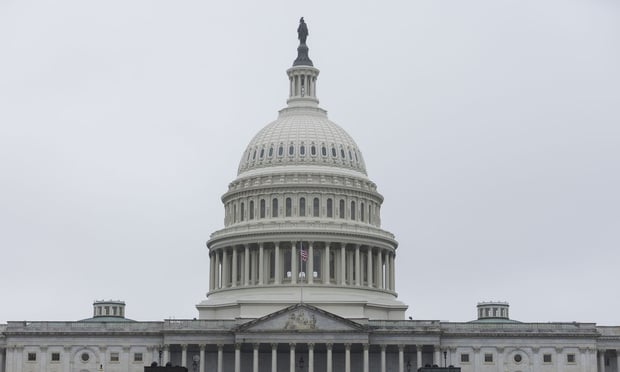What does practically every other industry have that the insurance industry doesn't?
A connection with its consumers.
That's one reason Americans are, well, just not into insurance, argued Maria Ferrante-Schepis, managing principal, insurance and financial services at Maddock Douglas and co-author of the book "Flirting with the Uninterested: Innovation in a Sold Not Bought Category."
Recommended For You
"Insurance doesn't measure up to some of the experiences consumers are having these days," she said during a session Thursday at LIMRA's 2014 Group and Worksite Benefits Conference in Baltimore, citing Google, Facebook, Amazon and Starbucks as examples of companies with stellar connections to consumers. "Most other industries know their consumer better than the insurance industry."
The insurance industry often isn't even thinking about the consumer, Ferrante-Schepis said. Instead, it's all about carriers, brokers/agencies and employers, though consumers — the actual users of insurance — are the biggest part of the equation.
Part of the problem is that the industry isn't listening to what consumers are saying about the issues plaguing it.
"[The insurance industry] wants to blame [lack of interest] on everything else, like it's too complex and there are too much regulatory hoops, or PPACA, or consumers don't like thinking about illness or death, but when you ask them they'll say products are a rip off and too expensive and they don't know where to get information," she explained.
Besides a lack of listening to consumers — and not addressing their issues — other problems the insurance industry has in reaching consumers include generational differences, low engagement, negative emotions and simply a lack of understanding insurance, she said.
So what's to be done?
Though Ferrante-Schepis said she's waiting on the insurance industry to have its "Napster moment" — something that will revolutionize the industry as much as the audio sharing Internet service changed the music industry over a decade ago — she noted that small, constant changes are still needed to progress in the meantime.
Those steps, she told a room full of brokers and carrier representatives, include talking to consumers about what insurance actually is and how it works (she suggests explaining it as a sharing model); focusing on consumers as the end value in a chain of importance; and helping "your organization develop the framework for driving innovation."
"There are a lot of smaller things we can do to change the industry — it doesn't always have to be about this whiz-bang moment," she said. "But we have to actually work to do it."
© Touchpoint Markets, All Rights Reserved. Request academic re-use from www.copyright.com. All other uses, submit a request to [email protected]. For more inforrmation visit Asset & Logo Licensing.






